Table of content
Zongzi, the iconic pyramid-shaped rice dumplings wrapped in bamboo or reed leaves, are a beloved culinary tradition in Chinese cuisine, particularly during the Dragon Boat Festival. These savory or sweet treats, filled with ingredients like glutinous rice, pork, mushrooms, or red bean paste, require careful preparation to achieve their signature sticky texture and harmonious flavors. While fresh zongzi are readily available in markets during festive seasons, freezing has become a popular method for preserving their quality for extended periods. However, cooking frozen zongzi to perfection demands precision, as undercooking results in a gritty texture, while overcooking can lead to a mushy disaster. This article delves into the science and techniques behind cooking frozen zongzi, exploring optimal timings, methods, and troubleshooting tips to ensure a delightful culinary experience.
Understanding Frozen Zongzi: Composition and Challenges
Before diving into cooking times, it is essential to grasp the structure of frozen zongzi. These dumplings consist of glutinous rice, which has a high starch content that gelatinizes when heated, creating their characteristic stickiness. The rice is typically pre-cooked before being wrapped and frozen, but the freezing process hardens the starches, requiring thorough reheating to restore their softness. Additionally, the filling—whether it be marinated meat, salted egg yolk, or sweetened bean paste—must be heated evenly to ensure food safety and flavor fusion.

The primary challenge with frozen zongzi lies in temperature management. Ice crystals formed during freezing can damage the rice grains’ structure, making them prone to uneven cooking. Moreover, the leaf wrapping acts as an insulator, slowing heat penetration. Achieving the right balance between external leaf tenderness and internal rice softness is critical.
Factors Influencing Cooking Time
Several variables affect how long frozen zongzi should be cooked. Understanding these factors allows for adjustments tailored to specific circumstances:
- Size and Thickness: Larger zongzi or those with denser fillings require longer cooking times. For example, a 150-gram zongzi filled with pork belly and mushrooms will take longer than a 100-gram sweet red bean variety.
- Ingredients: Fatty fillings like pork or duck eggs conduct heat better than dry ingredients like nuts or dried fruits, potentially reducing cooking time.
- Altitude: At higher elevations, water boils at lower temperatures, extending cooking durations.
- Freezing Method: Zongzi frozen in industrial blast chillers may retain less moisture than those frozen at home, affecting texture and cooking requirements.
Cooking Methods and Recommended Timings
Boiling: The Classic Approach
Boiling is the most common method for cooking frozen zongzi, as it ensures even heating and moist texture.
Steps:
- Fill a large pot with water, ensuring enough to fully submerge the zongzi.
- Add a pinch of salt to prevent the leaves from splitting (optional).
- Bring the water to a rolling boil.
- Gently place the frozen zongzi into the pot using tongs.
- Reduce heat to a gentle simmer to avoid leaf breakage.
Timing:
- Small to medium zongzi (100–150g): 20–25 minutes.
- Large zongzi (200g+): 30–35 minutes.
- Pro Tip: Add 5–10 minutes if cooking from fully frozen (not partially thawed).
Steaming: Preserving Flavors and Aroma
Steaming is ideal for retaining the zongzi’s natural flavors and preventing waterlogging.
Steps:
- Place a steamer basket in a pot or wok.
- Add water just below the basket level.
- Arrange frozen zongzi in a single layer, leaving space between them.
- Cover and bring water to a boil.
Timing:
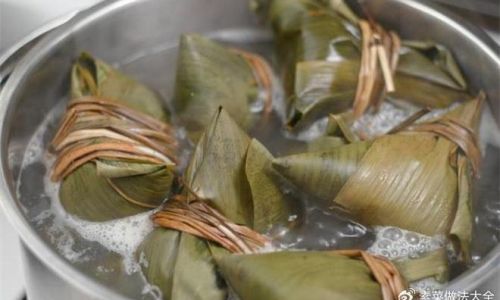
- Small zongzi: 25–30 minutes.
- Large zongzi: 35–45 minutes.
- Pro Tip: Wrap the lid in a clean kitchen towel to absorb condensation, preventing sogginess.
Pressure Cooking: Speed and Efficiency
Pressure cookers drastically reduce cooking time by raising the boiling point of water.
Steps:
- Place frozen zongzi in the pressure cooker with 1–2 cups of water.
- Seal the lid and cook on high pressure.
Timing:
- Small zongzi: 12–15 minutes.
- Large zongzi: 18–20 minutes.
- Pro Tip: Allow natural pressure release for 5–10 minutes to prevent leaf splitting.
Microwaving: A Quick Fix (Use with Caution)
While convenient, microwaving can unevenly heat zongzi, risking hotspots and dryness.
Steps:
- Wrap each frozen zongzi in a damp paper towel.
- Place on a microwave-safe plate.
- Cook on medium power (50–70%) in 2-minute intervals, flipping halfway.
Timing:
- Small zongzi: 4–6 minutes.
- Large zongzi: 6–8 minutes.
- Pro Tip: Avoid overcooking; microwaves heat rapidly and can dry out the rice.
Signs of Doneness: How to Test
- Leaf Texture: The leaves should feel pliable and slightly sticky when pinched.
- Rice Consistency: Gently press a zongzi; the rice should indent without resistance.
- Internal Temperature: Insert a food thermometer; the center should reach 75°C (167°F).
- Aroma: Fully cooked zongzi emit a fragrant, leafy scent.
Common Mistakes and How to Avoid Them
- Undercooking: Results in hard, crumbly rice. Solution: Extend cooking time in 5-minute increments.
- Overcooking: Causes mushy rice and split leaves. Solution: Monitor closely and use a timer.
- Uneven Cooking: Occurs when zongzi are overcrowded. Solution: Cook in batches if necessary.
- Dryness: Caused by excessive steaming or microwaving. Solution: Use a damp towel or reduce power settings.
Enhancing Flavor and Texture
- Soak Before Cooking: For extra-firm frozen zongzi, soak in room-temperature water for 30 minutes before boiling to jumpstart thawing.
- Basting: During steaming, brush zongzi with a mixture of soy sauce, sesame oil, and honey for a glossy finish.
- Serving Suggestions: Pair with black vinegar, chili oil, or sugar for dipping.
Storage and Reheating
- Storage: Cooked zongzi can be refrigerated for 3–4 days or refrozen for up to 3 months.
- Reheating: Use the same method as initial cooking but reduce time by 25–50%.
Conclusion: The Patience Payoff
Cooking frozen zongzi is an exercise in patience and precision. While timings vary based on size, method, and equipment, adhering to the guidelines above ensures a satisfying outcome. Whether you prefer the simplicity of boiling, the intensity of pressure cooking, or the nuanced flavors preserved by steaming, mastering the art of reheating frozen zongzi unlocks a world of culinary tradition. Experiment with fillings, sauces, and presentations to make this ancient dish your own. Remember, the key to perfect zongzi lies not just in timing, but in savoring the journey from freezer to table—one sticky, aromatic bite at a time.
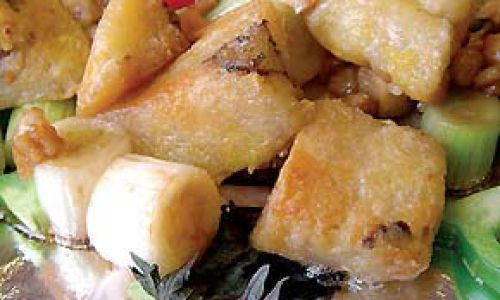
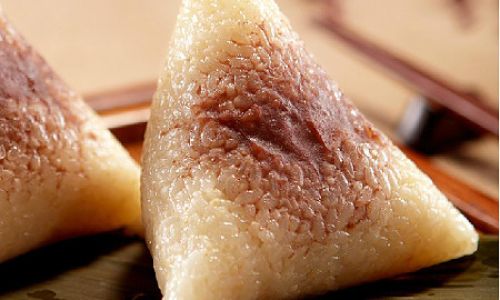
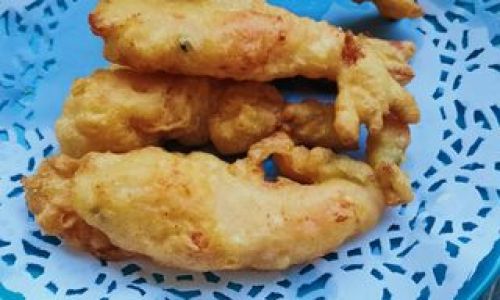
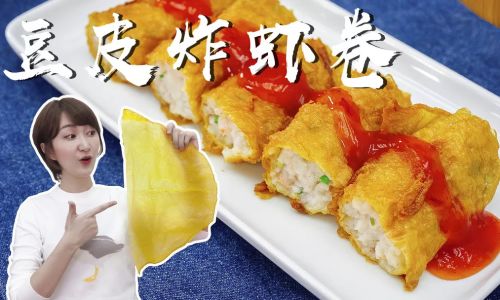
0 comments